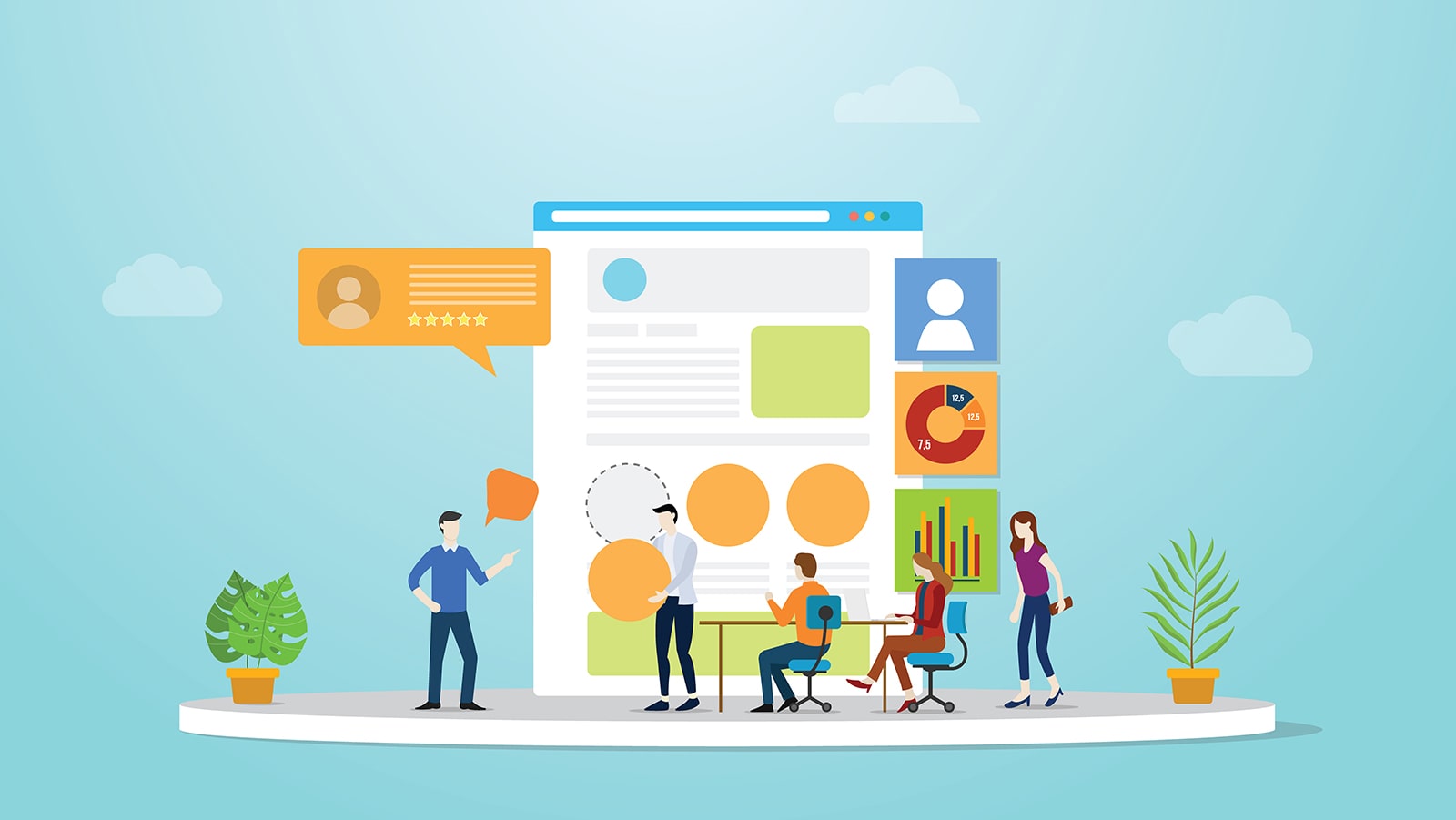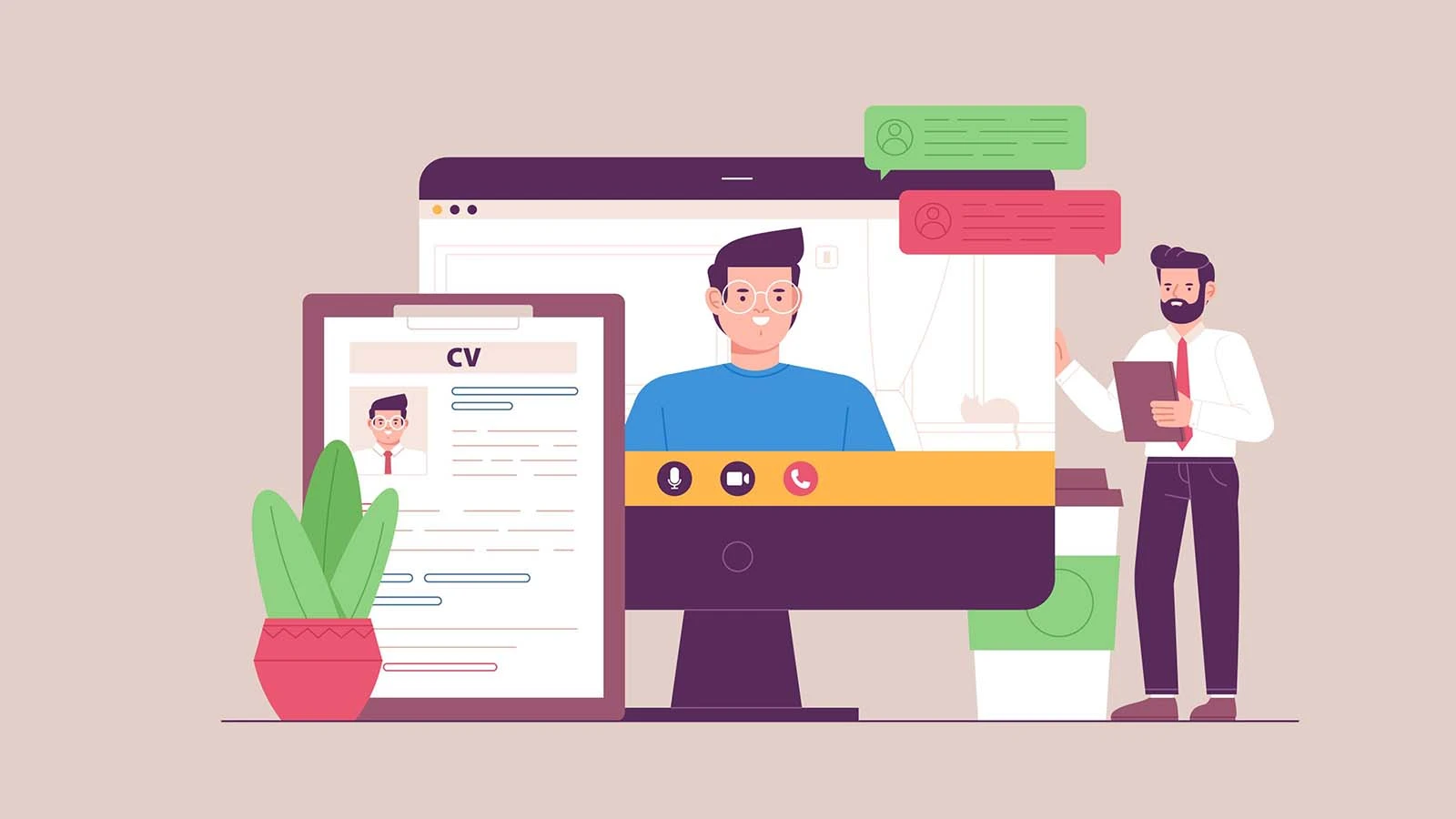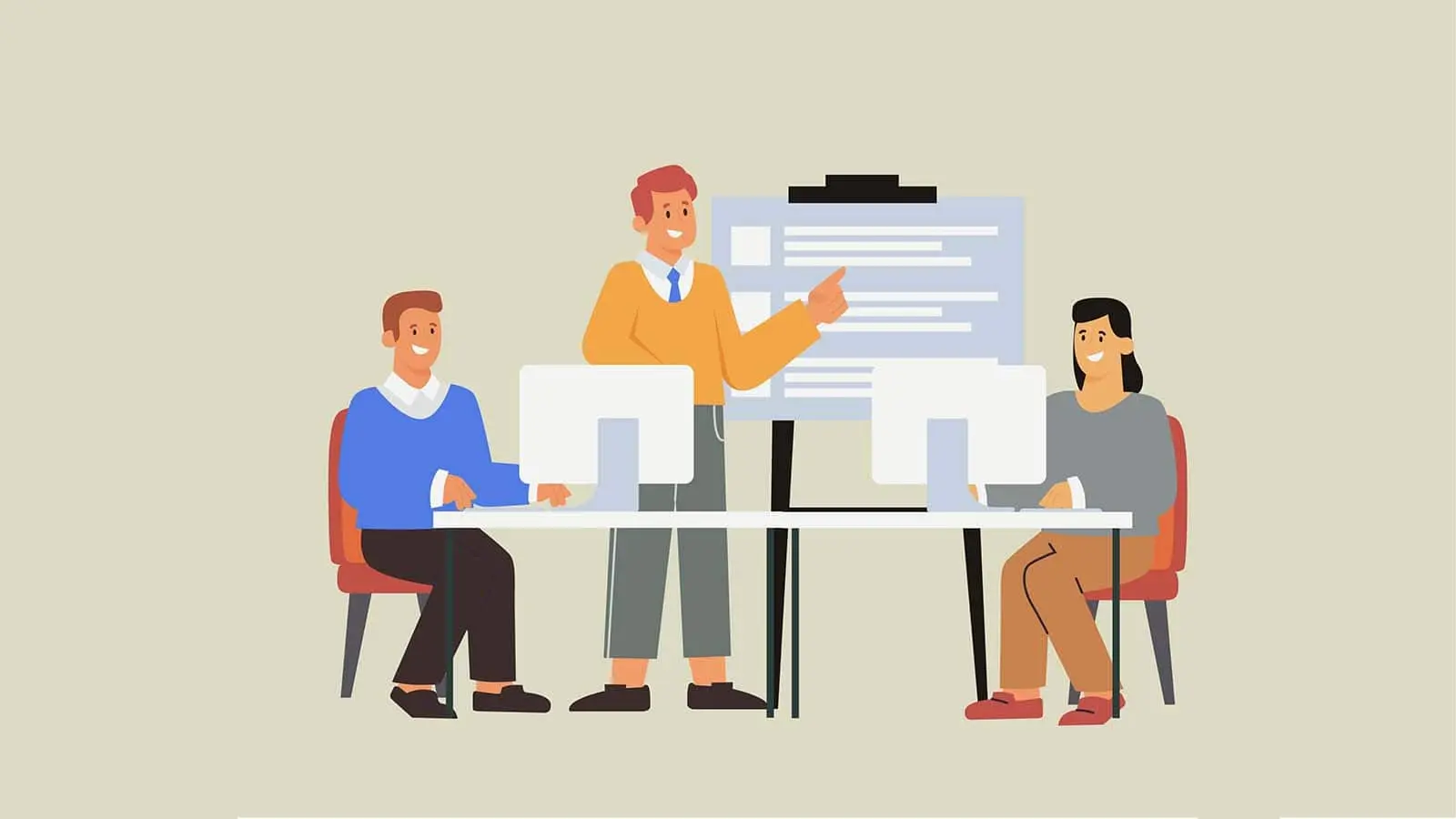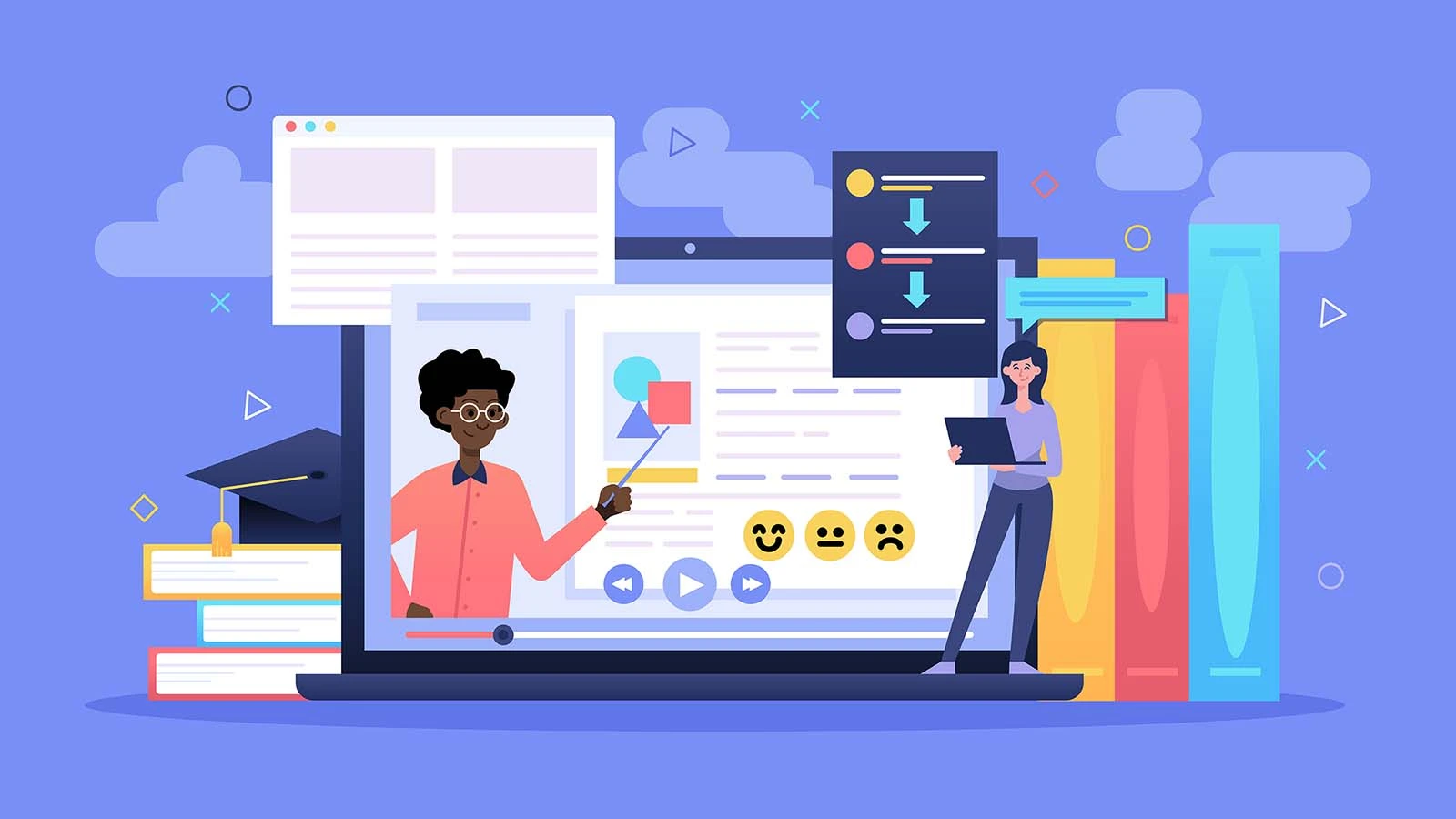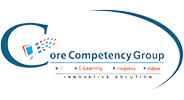How Does an eLearning Course Communicate to an LMS
Rohit Kumar
27 Feb, 2023

An eLearning course is a form of digital education that is delivered electronically, typically through a Learning Management System (LMS). The LMS is a software application that allows educators to create, manage, deliver, and monitor online courses for students.
One of the key features of an eLearning course is its ability to communicate with the LMS. In this article, we will explore how an eLearning course communicates with an LMS and the benefits of this communication.
An eLearning course communicates with an LMS through methods defined by SCORM (Shareable Content Object Reference Model). SCORM is a set of technical standards that define how eLearning content and LMSs interact.
It establishes a common language that allows eLearning courses to be easily integrated into different LMSs that are built using SCORM Standards. When an eLearning course is developed, it is packaged in a SCORM-compliant format, which allows it to be uploaded and run within a SCORM-compatible LMS.
Communication between the eLearning course and the LMS is two-way. The eLearning course sends information to the LMS, such as the student's progress, scores, and completion status.
The LMS, in turn, sends information to the eLearning course, such as the student's login credentials and course assignments. This communication allows the LMS to track the student's progress and provide them with personalized feedback and support.
One of the benefits of this communication is that it enables real-time tracking of student progress. This allows educators to see which students are struggling and provide them with additional support. It also allows for generating detailed reports on student progress, which can be used for data-driven decision-making.
Another benefit of SCORM e-learning is that it can be custom coded to communicate with an LMS, which allows for creating personalized learning experiences. This custom data can be saved in the LMS database.
The e-learning course can use this custom information it receives from the LMS to adjust the course content and assignments based on the student's progress. For example, students struggling with a particular concept could be provided with additional resources or assigned to a different module via the e-learning and learning management system.
SCORM standards are continually evolving, and SCORM 1.4 has superseded SCORM 1.2, providing more flexibility to make content more engaging, flexible, and with more communication features with LMSs.
In conclusion, communication between an eLearning course and an LMS is essential to digital education. It allows for real-time tracking of student progress, personalized learning experiences, and data-driven decision-making. Using SCORM standards ensures that eLearning courses can be easily integrated into different LMSs, making the online education process more efficient and effective.
If you have questions about the “Learning Management System”, please feel free to contact: marketing@corecompetency.net or get in touch with us through our website www.corecompetency.net
Assessment of Behavioural Core Competencies
For example, students struggling with a particular concept could be provided with additional resources or assigned to a different module via the e-learning and learning management system.
Read Blog